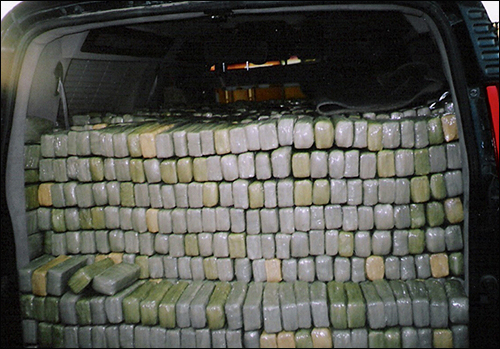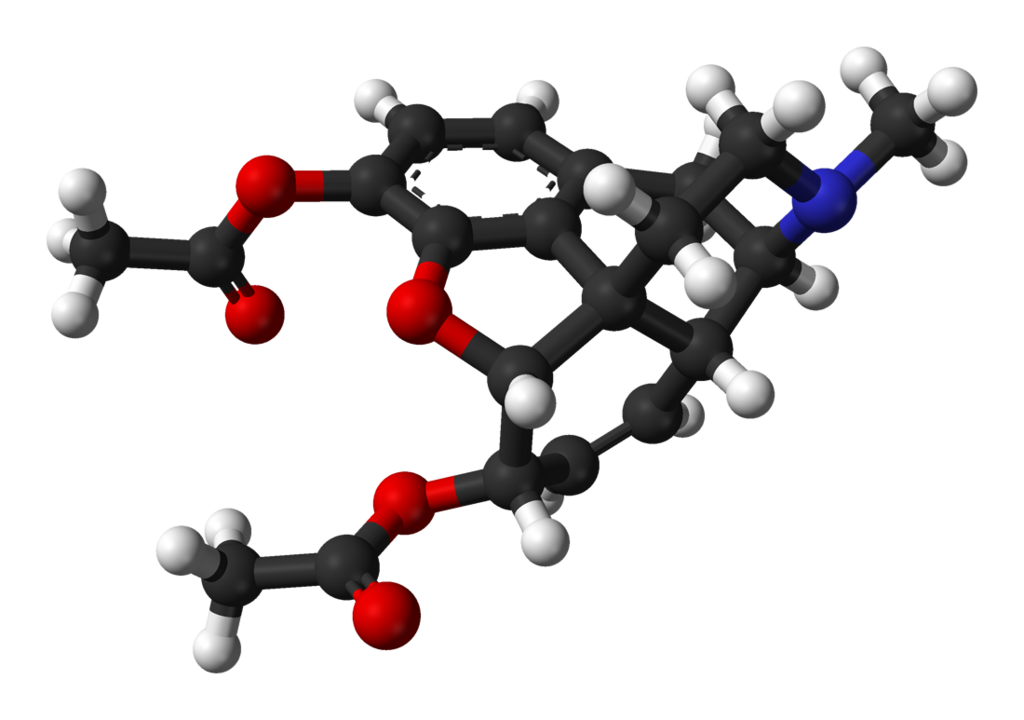- Governments call for increased use of naloxone and overdose kits.
- Cost-effective addiction treatment is an essential part of public policy.
- Physicians must make sensible decisions about opioid prescription that weigh both the patient’s right to relief and the risk of dependence or addiction.
- According to the World Health Organization, globally, an estimated 69,000 people die from opioid overdose each year.
- There are an estimated 15 million people worldwide who suffer from opioid dependence.
Two reports on street drugs in the European Union (EU) suggest that a new drug of abuse will be coming to an ER near you. If you don’t see one of the new ones, it’s likely that you’ll see more patients on heroin, and polypharmacy that includes increasingly potent cannabis.
New Drugs
According to the National Institute on Drug Abuse:
"Recent surges in hospitalizations and calls to poison control centers linked to consumption of synthetic cannabinoid products--sold under brand names like “Spice,” “K2,” "No More Mr. Nice Guy," and others--are being reported in several southern and northeastern U.S. states and have prompted officials to issue health warnings. After a surge in synthetic cannabinoid exposures and poison center calls in April and May, 2015, the Maryland Poison Center issued an urgent notice about the dangers of these drugs. New York Governor Andrew Cuomo issued an alert after more than 160 patients were hospitalized following synthetic cannabinoid use in under two weeks in mid April, 2015."
A new drug called flakka has been found in Florida and in intoxicated Floridians. According to a report by CBS.com, flakka can be snorted, smoked, injected or swallowed. It may also be combined with other, softer drugs such as marijuana.
Flakka, according to the CBS report, "is most typically made from the chemical alpha-PVP, which is a synthetic version of the amphetamine-like stimulant cathinone. Cathinones are chemicals derived from the khat plant grown in the Middle East and Somalia, where the leaves are frequently chewed for a euphoric buzz."
In 2014 more than 100 new drugs were identified in the recent study, European Drug Report 2015: Trends and Developments, published by the European Union drugs agency, the EMCDDA.
“Europe plays a leading role in tackling the ‘new drugs’ phenomenon and we will continue to do so for the wellbeing and safety of our citizens,” said Dimitris Avramopoulos. “One hundred one new uncontrolled psychoactive substances were reported in 2014, challenging our existing control mechanisms. Mr. Avramopoulos is European Commissioner for Migration, Home Affairs and Citizenship, for the EMCDDA.
Opioids and Cannabis

Bureau of Investigation.
While the reasons for the increase may differ, the United States is seeing an epidemic in overdoses of heroin and other opioids. The U.S. Department of Health & Human Services (HHS) has identified 3 priority areas:
- Providing training and educational resources, including updated prescriber guidelines, to assist health professionals in making informed prescribing decisions and address the over-prescribing of opioids.
- Increasing use of naloxone, as well as continuing to support the development and distribution of the life-saving drug, to help reduce the number of deaths associated with prescription opioid and heroin overdose.
- Expanding the use of medication-assisted treatment (MAT), a comprehensive way to address the needs of individuals that combines the use of medication with counseling and behavioral therapies to treat substance use disorders.

(Source: Ball-and-stick model of the heroin molecule, as found in the crystalline state. X-ray crystallographic data from D. Canfield, J. Barrick, B. C. Giessen (November 1979). "Structure of diacetylmorphine (heroin)". Acta Cryst. B35 (11): 2806-2809.)
In a recent press release, the HHS Secretary Sylvia M. Burwell said, “Opioid drug abuse is a devastating epidemic facing our nation. I have seen firsthand, in my home state of West Virginia, a state struggling with this very real crisis, the impact of opioid addiction. That’s why I’m taking a targeted approach to tackling this issue focused on prevention, treatment and intervention,” said Secretary Burwell. “I also know we can’t do this alone. We need all stakeholders to come together to fight the opioid epidemic.”
A Global Challenge
Internationally, the World Health Organization have identified opioid abuse, dependence, and addiction as global problems:
- Worldwide, an estimated 69,000 people die from opioid overdose each year.
- There are an estimated 15 million people who suffer from opioid dependence (i.e. an addiction to opioids). The majority of people dependent on opioids use illicitly cultivated and manufactured heroin, but an increasing proportion use prescription opioids.
- There are effective treatments for opioid dependence yet only 10% of people who need such treatment are receiving it.
